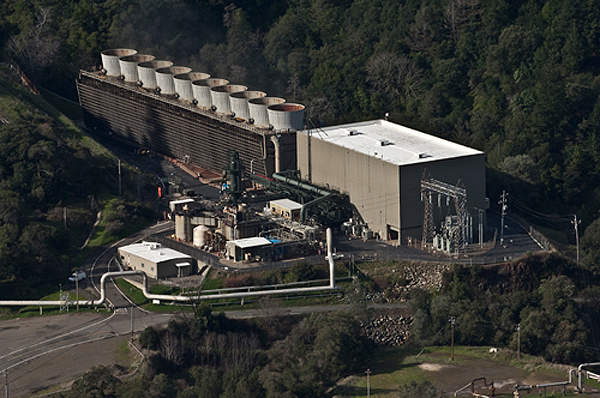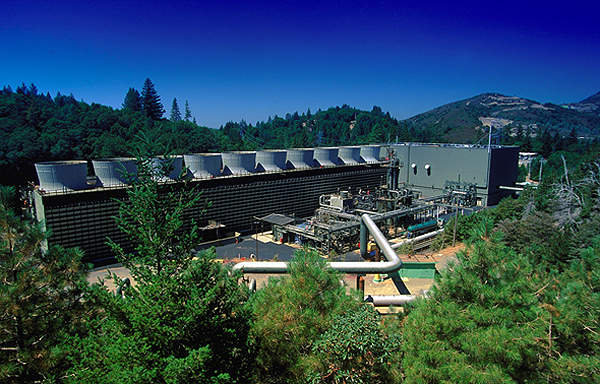The Geysers is a geothermal field located in California’s Mayacamas Mountains, approximately 115km north of San Francisco. It is one of the world’s biggest single geothermal field, comprising of 22 geothermal power plants with an installed capacity of 1,517MW. It is also the area where the US’s first geothermal power plant was put into commercial operation.
The number of geothermal power plants currently operating within the region is 18 and the present combined generation capacity of these plants is 900MW, enough to power 900,000 homes.
Most of the power plants (19 of the 22 plants) within The Geysers are owned and operated by Calpine. US Renewables Group (USRG) owns one plant. The other two plants are owned jointly by the Northern California Power Agency (NCPA) and Silicon Valley Power.
A new geothermal power plant is being constructed within the region. The plant, being developed by Ram Power, is set to commence operations in 2013.
History of The Geysers geothermal field
The first effort to study the power potential of The Geysers was made in 1922. The project, however, was abandoned due to the unavailability of advanced pipes and turbines.
A second attempt was made in the 1950s jointly by Magma Power Company and Thermal Power Company. It succeeded this time thanks to the advancement in well drilling and power plant technologies.
In 1950, a series of experiments and studies were undertaken by the Pacific Gas and Electric Company (PG&E). PG&E’s efforts led to the drilling of the first commercial geothermal well in 1955 and the first commercial geothermal power plant in The Geysers in California was put into operation in September 1960.
Construction of the 23rd geothermal power plant in 1989 brought the total installed capacity to 2,043MW.
Details of the significant Californian geothermal region
The geothermal resource field is spread over 117 square kilometres in the counties of Sonoma, Lake and Mendocino.
More than 350 steam production wells have been drilled within the region to tap natural steam. Some of these wells are as deep as three kilometres.
The steam which rises is brought overland through pipes and then supplied to a network of interconnected power plants. Here, the steam spins conventional steam turbines which, in turn, run generators to produce green electricity.
Electricity generated from the field is supplied to Sonoma, Lake, Mendocino, Marin and Napa counties. The Geysers account for 20% of the green power generated in California and the area is considered as one of the most reliable sources for energy in the state.
Reservoir of The Geysers in California
Steam for the power plants is harnessed from a greywacke sandstone reservoir located at the top of a heterogeneous mix of low permeability rocks.
Heat for the steam reservoir comes from a large molten rock chamber, spanning over seven kilometres beneath the ground. The diameter of this chamber is about 14km.
In the late 1980s, it was found that the flow of steam across the geothermal field had reduced and the reservoir was not recharging quickly enough to meet the required steam supply. As a result, inefficient power plants were shut down.
The geothermal reservoir is now recharged by injecting recycled wastewater from the city of Santa Rosa and the Lake County sewage treatment plants. Now, 18 million gallons of treated wastewater is supplied each day.
Construction of Ram Power’s new plant at The Geysers in California
Ram Power’s plant is being constructed on a 0.8 square kilometre site. Major approvals have already been granted and approximately 60% of the production wells have been drilled.
In March 2012, Ram Power signed a Letter of Intent (LOI) with SNC-Lavalin for the construction of the power plant. The net installed capacity of the plant will be 26MW.
The power generated from the new plant will be sold to the Northern California Power Agency under a 20-year power purchase agreement (PPA) signed by Ram Power’s subsidiary Western GeoPower.





